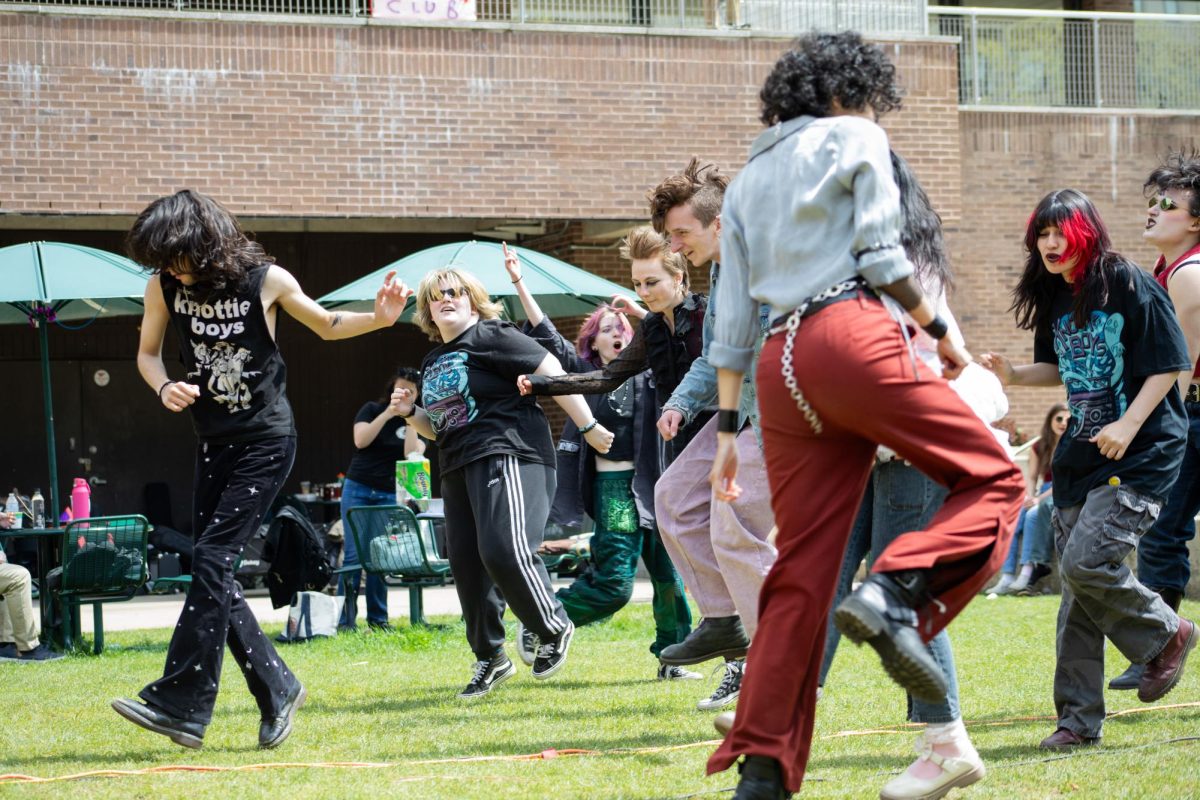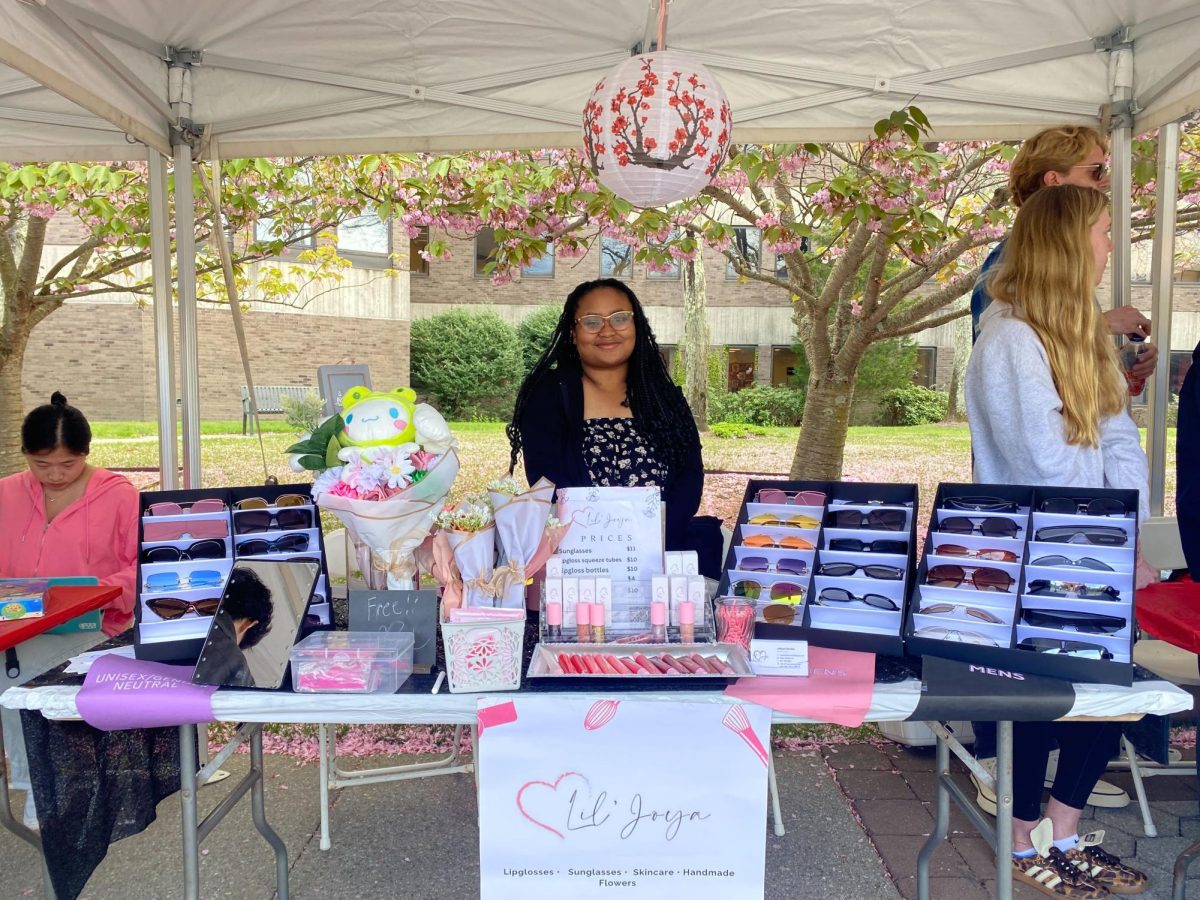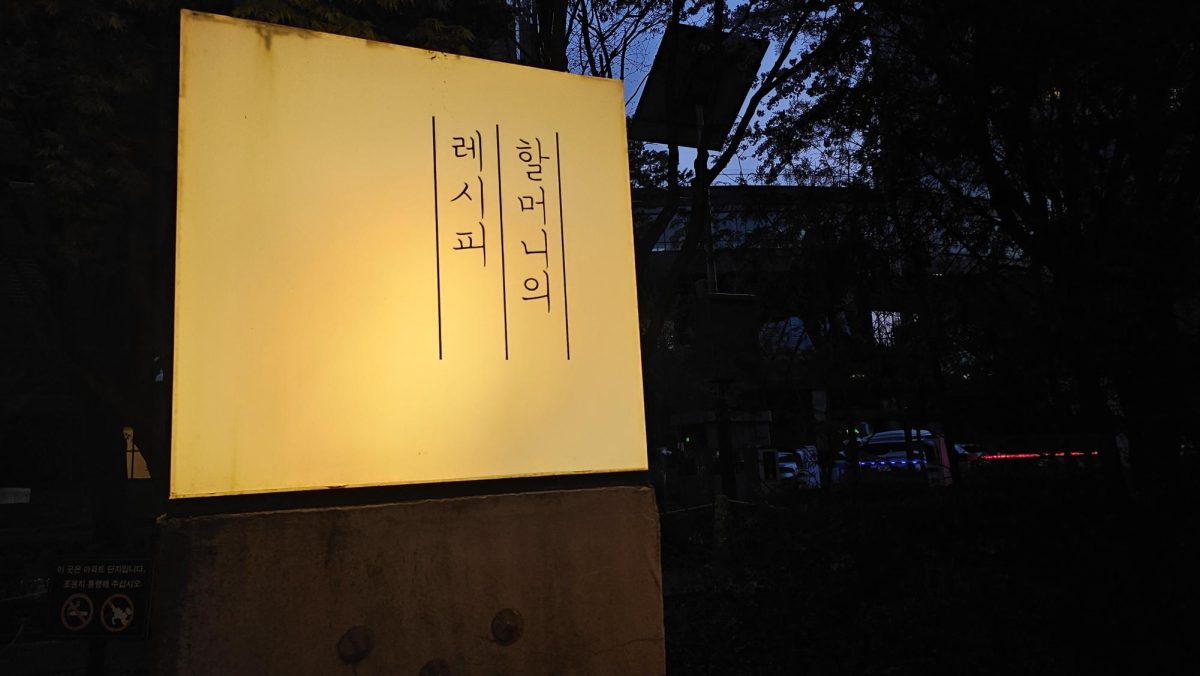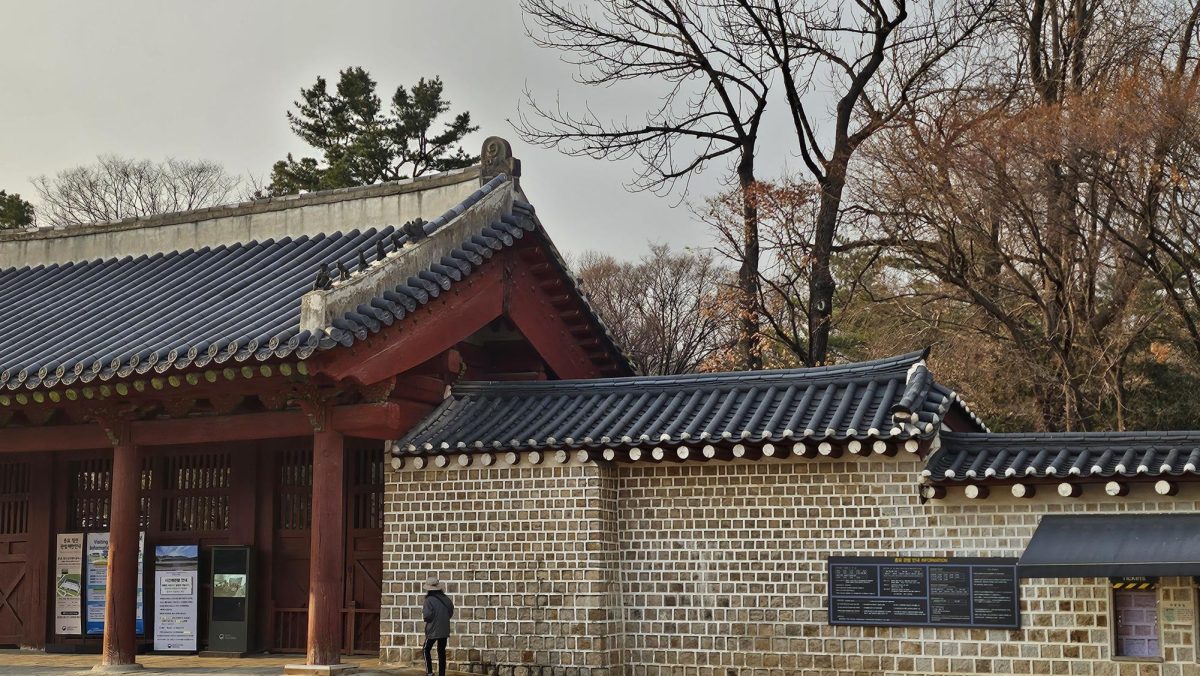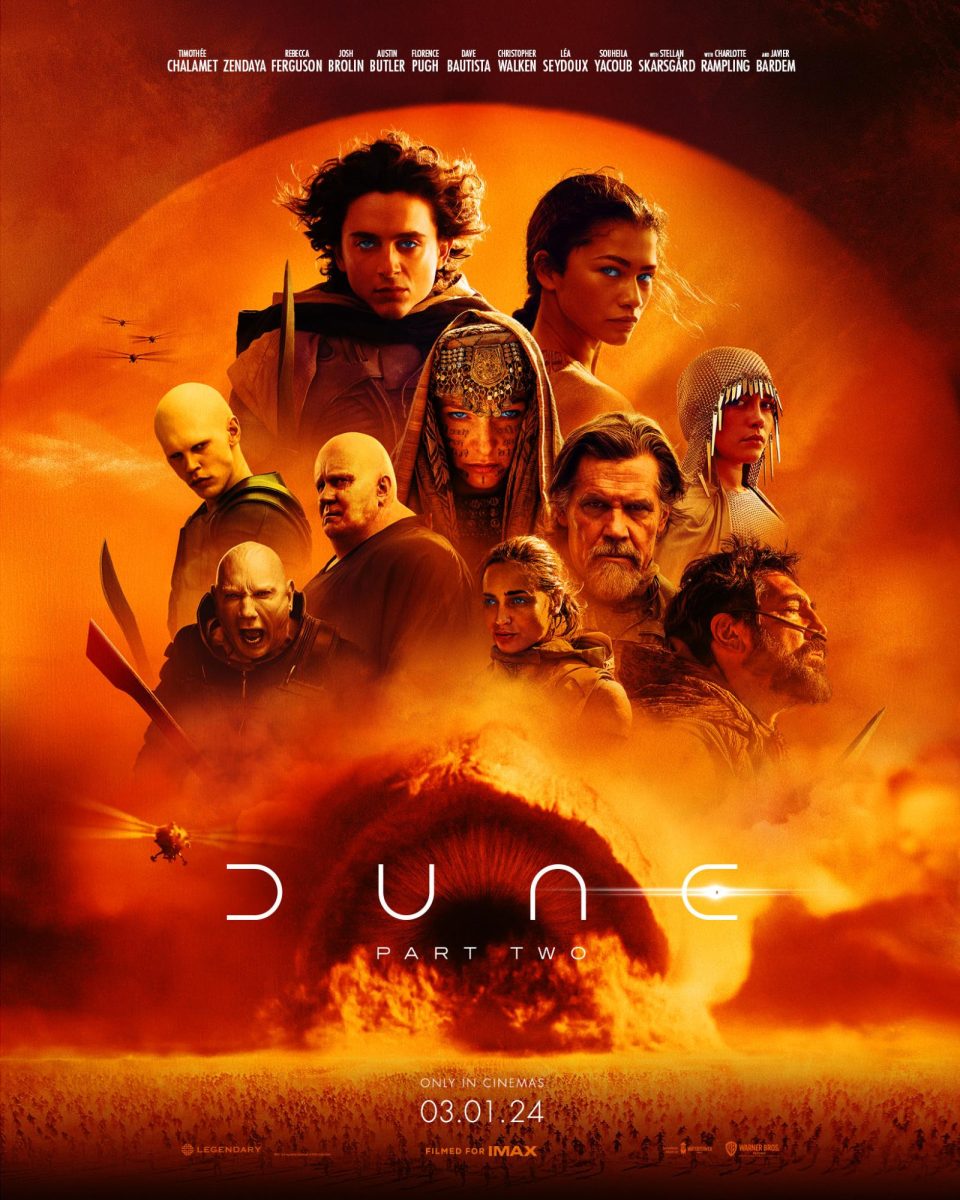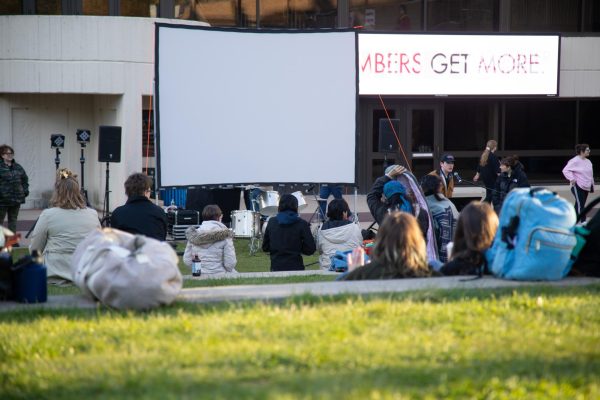
The entertainment landscape has experienced a significant transformation with the rise of streaming platforms, reshaping how we consume media. This trend is noticeable within the Stony Brook University community, as highlighted by a recent survey conducted by The Statesman via Google Forms.
The survey examined media consumption through streaming, as well as the impact of the Staller Center for the Arts, the Charles B. Wang Center and residential hall events. The results showcase a fundamental change in how media is consumed among students on campus over the last decade.
Streaming
In a study administered by HarrisX, only 34% of adults in the United States prefer watching movies in theaters, whereas 66% of adults prefer to wait a few months to enjoy newly-released films from the comfort of their homes, using digital and streaming platforms.
These findings also ring true among Stony Brook students. In our survey, 47.6% of students almost always use streaming services to watch television shows or movies, in contrast to 14.3% of students who frequently watch in theaters — having gone to a theater at least six times within the last year. More evidently, only 5% of students prefer watching in a theater over streaming.
This brings us to the University’s Seawolves Cinema, a streaming platform available exclusively to students who live on campus and are connected to WolfieNet-Secure Wi-Fi. It hosts a catalog of over 300 movies, ranging from recent releases such as Greta Gerwig’s “Barbie” (2023) and Christopher Nolan’s “Oppenheimer” (2023) to canonical classics like Martin Scorsese’s “Goodfellas” (1990) and Stanley Kubrick’s “The Shining” (1980), along with some acclaimed television shows — such as Vince Gilligan’s hyper-acclaimed crime drama “Breaking Bad” (2008-2013) — to boot.
Despite the rich catalog of Seawolves Cinema, many students either don’t utilize the streaming service or are unaware of its existence. According to our survey, 61.9% of respondents claimed that they had not used Seawolves Cinema in the past year, while another 14.3% reported that they had not heard about the service.
Staller Center for the Arts and Charles B. Wang Center
However, the streaming revolution extends beyond just the students of the University; it also has reverberating effects on the types of events hosted on campus.
Staller Center, for example, has been hosting numerous screening events every semester since 2010 when Paul Newland joined the team as the outreach director. Originally these events featured cult classics, but as streaming platforms shifted audience behaviors and preferences, they saw a decline in attendance. As a result, Staller Center became more selective with the movies screened.
Newland estimated that “at least 600 [people] in 2010 [attended a screening of ‘Pulp Fiction’ (1994)], then we tried it again in 2014 or 2015, and it was probably down to, like, 150 [people].”
To maintain high attendance numbers, they have leaned into screening more contemporary films that students might be interested in watching even if they have previously viewed these titles in theaters, such as “Spider-Man: Across the Spider-Verse” (2023) and holiday classics like “Elf” (2003).
Speaking of convenience, external factors such as test schedules, days of the week and weather conditions play an instrumental role in Staller Center’s attendance numbers, as shown by a midweek screening of “The Color Purple” (2023) that suffered a noticeable lack of attendance.
“There were midterms at that time, [and it was] also a cold February night. I think people will second guess whether they’re going to walk from Tabler or take the bus over here for a film … especially when you have a free event where if something else pops up or it’s too cold or if it’s raining, you might change your mind which I totally get and understand,” Newland said.
At the Wang Center, the selection process follows a different approach. In an email interview with The Statesman, Eric Murphy, the assistant director of Asian Art and Culture, said the Wang Center started screening films in 2014 and have been regularly showing animated films since 2019. They have “predominantly featured Japanese films due to their sizable fanbase and ease of acquisition,” but are committed to broad Asian representation, providing programming that “[aligns with their] mission to promote a deeper appreciation and enjoyment of Asian and Asian American arts.”
“Students make up the majority of our viewership because we are conveniently on campus, and at $5 a ticket, it’s a cheap movie Friday night date!” Murphy said.
Wang Center film screenings are not limited to students. Through their partnerships with reputable art organizations in neighboring communities to promote their offerings, the screenings also attract families and “those who are looking to see something new and interesting as well!”
In recent events, Staller Center has collaborated with the Undergraduate Student Government for giveaways and getting food trucks on campus. These additions play a prominent role in students’ decisions to attend these events, with 15.8% of students citing incentives such as free snacks and giveaways as the most influential factor when they attend campus movie screenings.
Newland emphasized the significance of these screenings in preserving the sense of community that stems from the theatrical experience.
“There’s just this special feeling, I think, and I believe a lot of the students that come to them would feel when they’re all together in one spot,” Newland said.
This camaraderie was most prevalent after moments of isolation and separation, such as during the COVID-19 pandemic or in the aftermath of Hurricane Sandy over a decade ago. Newland particularly remembers the post-Hurricane Sandy screenings fondly.
“We did a double feature of the classic ‘Night of the Living Dead’ (1968) and ‘Shaun of the Dead’ (2004), which was such fun. We packed that house. And I think [it was] because there was nothing to do on campus. But it was so much fun watching that with the students,” he said.
Residential Community Events
Movie events at Stony Brook aren’t exclusive to theaters either, as many clubs and organizations across campus host watch parties.
Much like Staller Center, these film screening events also cater to students’ preferences, featuring a diverse selection of movies. For example, Cardozo Hall hosted a screening of “Madagascar” (2005) on Tuesday, April 23, while Tubman Hall organized a mafia movie night on Friday, April 19.
Additionally, during Black History Month, Roth Community organized a watch-along of “Harriet” (2019), which follows Harriet Tubman’s journey from escaping slavery to her abolitionist efforts of freeing hundreds of slaves through the Underground Railroad.
Some watch-along screenings like Roth Community’s screening of “Barbie” on Oct. 25, 2023, however, focus more on community involvement. Attendees sat near Roth Pond with blankets, enjoying the movie while talking with friends.
Regardless of the impact streaming has had on viewing consumption and habits, through Staller Center, the Wang Center and its residential hall events, the University has provided ample opportunities for students to engage with media in diverse ways. These platforms cater to the ever-changing preferences and behavior of the student body, fostering a sense of community and connection.
Emily Chao and Clare Gehlich contributed reporting.







